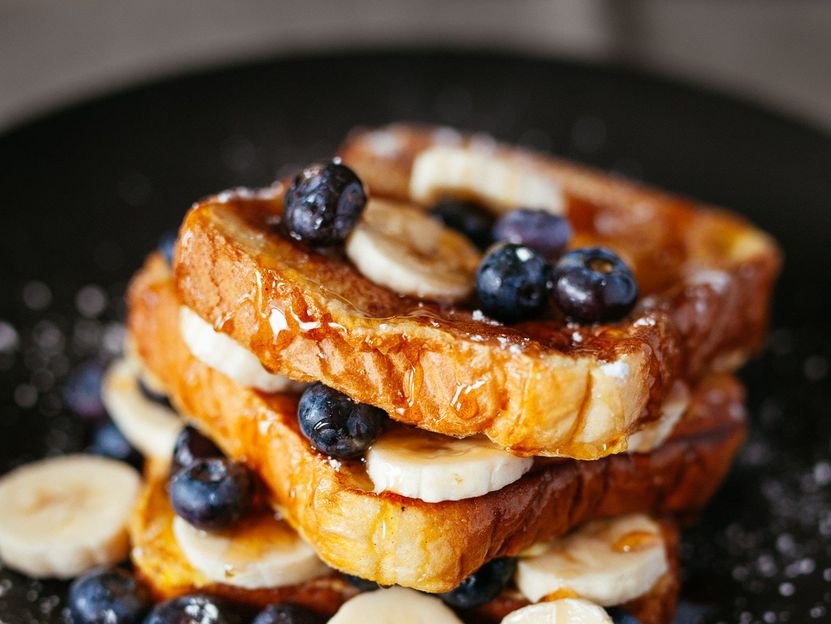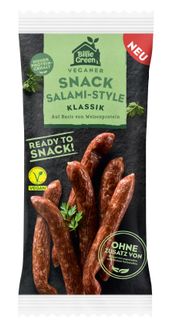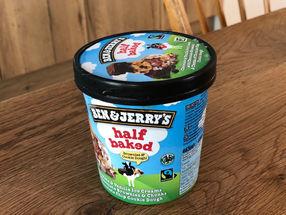Has breakfast lost its importance in the States?
While in 2014 55 percent of American consumers agreed that breakfast was more important than lunch or dinner, only half of consumers did so last year. The reason for this is the fact that many Americans feel under time pressure and therefore often skip breakfast.

symbol image
Photo by Joseph Gonzalez on Unsplash
In general, we can see that eating habits have changed and many consumers are now eating snacks rather than proper meals. Almost three-quarters of American consumers say they eat a snack in the morning instead of a proper breakfast. The Mintel report on breakfast and brunch trends for the American catering industry shows that the focus is increasingly on easily digestible take-away foods. Restaurant guests are also increasingly interested in eating atypical breakfast foods in the morning and eating classic breakfast dishes later in the day instead. This offers new growth opportunities for both retailers and restaurant operators.
consumer needs:
Convenience, enjoyment and health
Almost six out of ten Americans have had breakfast or brunch in the last three months. During the week they usually opt for comfortable and affordable fast food and coffee shops, while at weekends they tend to eat in restaurants.
In addition to convenience, American consumers are also looking for healthy breakfast options that are high in protein, fruity and low in sugar. Dishes with a high protein content and fresh ingredients are perfect for the consumer's desire for tasty and fresh breakfast dishes that satisfy the appetite for a long time.
Variety to take with you
Menu variety and high quality ingredients are essential to appeal to guests looking for special breakfast combinations as well as high quality and homemade dishes on breakfast and brunch menus. In addition, seasonal, local and unique ingredients offer the opportunity to stand out from the competition.
On the road, a quarter of Americans would like more grab-and-go options, with most preferring to have breakfast in restaurants. Take-away food and breakfast breads, donut sticks and protein smoothies are popular snacks that Americans take home.
Outlook:
International dishes in vogue
Only four out of ten Americans who eat breakfast regularly prefer classic to trendy breakfast food - this shows that taste and format innovations still offer many opportunities for growth. Whether in retail or when visiting a restaurant, today many consumers are exposed to a unique variety of international dishes, and we at Mintel also see great potential in offering international food. Some restaurant operators already rely on dishes with an international twist, such as Eggs Benedict with Colombian corn cakes or French toast made from Japanese milk bread.
Pleasant brunch selection
American consumers see brunch as an opportunity to treat themselves to something together with friends and family and to relax in the process. In response to the Americans' gourmet pleasures, more and more restaurants are offering special treats such as birthday cake waffles, fried French toast and XL brunch cocktails.
Delicious veggie options
There is also growing interest in plant-based foods in states, with restaurants wanting to ensure that their meat alternatives are not a bad compromise. Some notable examples are the Breakfast Burrito with scrambled eggs from mung beans by Veggie Grill, and the Benedict Brunch Bowl by Urban Remedy with vegan Hollondaise sauce and eggplant "bacon".
Unique coffee specialities
Two out of five American consumers are interested in flavoured coffee specialities, while a quarter would like more cold brew varieties in restaurants and coffee shops. High-quality coffees pay off: For example, one seventh of Americans visit cafés based on the coffee quality there. The chain Alfred Coffee from L.A. offers some wild creations; its Chagaccino consists of Nitro Cold Brew, a mixture of almond and cashew milk and a pinch of Chaga mushroom. The Oregon Latte is available at the coffee shop Never Coffee Lab in Portland. This is refined with Cascade hops, Dulce de Leche and sea salt.
Conclusion of Mintel:
Restaurant operators and retailers in the states no longer only have to respond to the varying needs of consumers for the day of the week and the hour of the day, but also to master the balancing act between health and enjoyment, convenience and leisure. Finally, it will continue to be important to promote breakfast food beyond the morning hours. Restaurant and coffee shop operators should focus on a varied menu with both classic and unconventional dishes in order to meet the diverse needs of their customers.
Note: This article has been translated using a computer system without human intervention. LUMITOS offers these automatic translations to present a wider range of current news. Since this article has been translated with automatic translation, it is possible that it contains errors in vocabulary, syntax or grammar. The original article in German can be found here.


























































